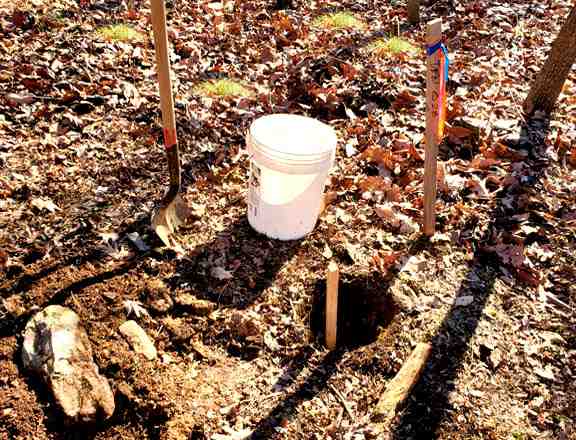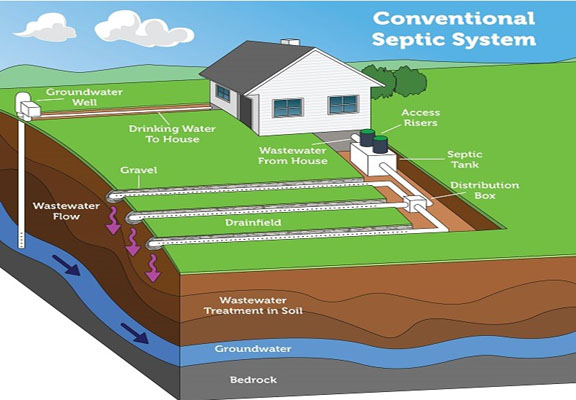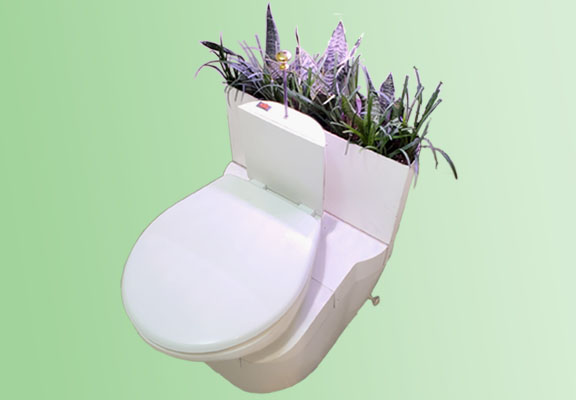The Challenge of a Failed Percolation Test
What is a Soil Percolation test?
A perc test, also known as a soil percolation test, is an official assessment to determine if a building site is suitable for a traditional septic system. A perk test determines the water absorption rate of a site's soil.
As stated by Maryland.gov - "The purpose of a percolation test is to determine the suitability of soils for the installation of a septic system and treatment of sewage effluent. The suitability of soil for the subsurface disposal of sewage is determined by its physical characteristics and percolation rates. Physical characteristics include percentage of rock, evidence of groundwater, and depth to rock and/or groundwater."
In general, a percolation test measures the rate that clear water seeps into the soil from a standard test hole.
Each state has its own guidelines for soil percolation tests.

Why do sites fail a perc test?
- Steep slope
- Wetlands
Traditional septic systems only work if the soil around the drain field can absorb water fast enough. In additon, there must be enough absorbing soil to filter dirty water before the water reaches the water table. However, if soil drains to fast, unsafe dirty water can contaminate the local drinking water.

What happens when land does not perc
In general, if a site fails a perc test, it means that no house can be built. This is why land purchases usually are contingent on a successful perc test. The EPA has identified several Septic Alternative Systems. Different areas approve different options. What are the options when land won't perc? The Droilet™ offers an excellent opportunity to build on previously unbuildable land.
The Droilet™ is the answer for Land that won't Perc
- The World's first Self-Contained Non-Sewered Sanitation Unit
- No excavation or external treatment tank needed
- No perc test or drain field required
- Water not necessary for operation
- Skip the septic and build wherever you desire
- Build on previously unbuildable land

